MY THOUGHTS ON “MOLLY BANNAKY”:
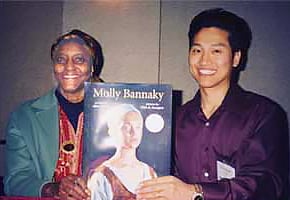
Did you know the first African-American mathematician Benjamin Banneker’s grandmother was an indentured servant?
Researching this story was difficult because there weren’t many books with illustrative histories of 17th century America. I wanted my paintings to reflect that time in history. In one scene, I painted a black and white, Holstein cow. After I finished the artwork and “Molly Bannaky” was published a year later, a book reviewer approached my publisher at a reading convention and commented that the cow could not have existed during the 17th century in America (although it did exist in England). Naturally, my publisher was concerned.
The publisher asked me for the resource of that Holstein cow. Because I was already working on another project, I honestly could not remember the name of the book that documented the Holstein cow’s existence in America at that time. I wasn’t able to sleep for many nights. I was nervous that I may have messed up by painting a Holstein cow in the wrong era. I also worried that the wrong cow would ruin the book for the author and my publisher. After three weeks, I found the Holstein Cow Association. What a relief! They acknowledged that Holstein cows existed in America during the 17th century! They sent me a letter as proof and I showed it to my publisher. Sure enough, the book went on to win many awards including the Jane Addams Award and the International Reading Association Book of the Year. – Chris Soentpiet
BOOK REVIEWS:
“The oversized format and stunning watercolor paintings turn this fictionalized biography of the grandmother of Benjamin Banneker into an exciting visual experience. In clear, straightforward prose, McGill tells the story of an English dairymaid sent to the gallows for accidentally spilling “his lordship’s milk,” but saved because she could read from the Bible. She is exiled to America where she serves seven years as an indentured servant in Maryland. When finally granted her freedom, Molly Walsh stakes her claim and starts a farm attempting to grow tobacco, but soon realizes that she needs help. Colonial She purchases an African slave, Bannaky, vowing to treat him well and to set him free once her land is cleared. The two grow to love one another and break Colonial law by marrying. The story then jumps to the next generation and ends with Molly teaching her grandson Benjamin to read and telling him of his proud heritage. A historical note fills in some additional details. The large, double-page spreads throughout, in which Soentpiet brilliantly uses pace, tone, texture, and color, particularly in lighting up portions of each painting, bring depth and drama to the next. The lush green of tobacco leaves: the dark blue of ship, water, and sky: and the pervasive glow of candles, fires, and sunsets augment subtle symbols in composition and vivid characterization communicated through body language and facial expression. A good story in a fabulous artistic package.” – School Library Journal, Starred Review, October 1999
“Her grandson was Benjamin Banneker, the famous self-taught African American astronomer and mathematician; but Molly Bannaky’s own life story is just as astonishing. This handsome, large-sized picture book shows her as a woman who was strong enough not only to survive harsh times but also to break new ground. The historical fiction story starts in seventeenth-century Britain, where she is a dairymaid who is saved from the gallows because she can read the Bible. After being extradited to America, she is freed after seven years as an indentured servant. She stakes her claim in the wilderness and buys a slave, Bannaky, to help her. They fall in love, marry (even though it is forbidden by colonial law), build a successful farm, and bear four daughters, one of who marries an ex-slave and has a son, Benjamin. In the final double-page spread, Molly Bannaky is teaching her grandson to read and write. An afterward fills in the history, but the book’s focus is on the big, richly detailed watercolor narrative paintings that combine historical pageantry with close-up portraits of a towering woman and her family.” – BookList, September 1999
AWARDS
- Jane Addams Book Award 2000 – an award promoting peace, social justice and the world community
- International Reading Association (IRA)- Children’s Book Award 2000
- International Reading Association (IRA)- Teachers’ Choice Award 2000
- Skipping Stones Honor Award – a magazine promoting multicultural, international, and social awareness, as well as ecological sensitivity in children’s literature.

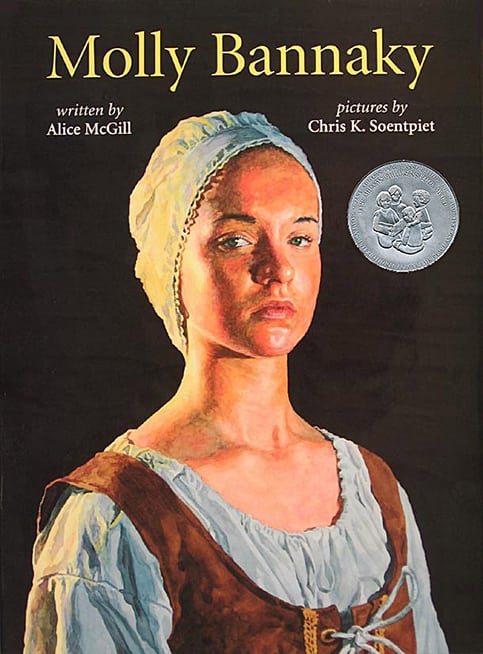
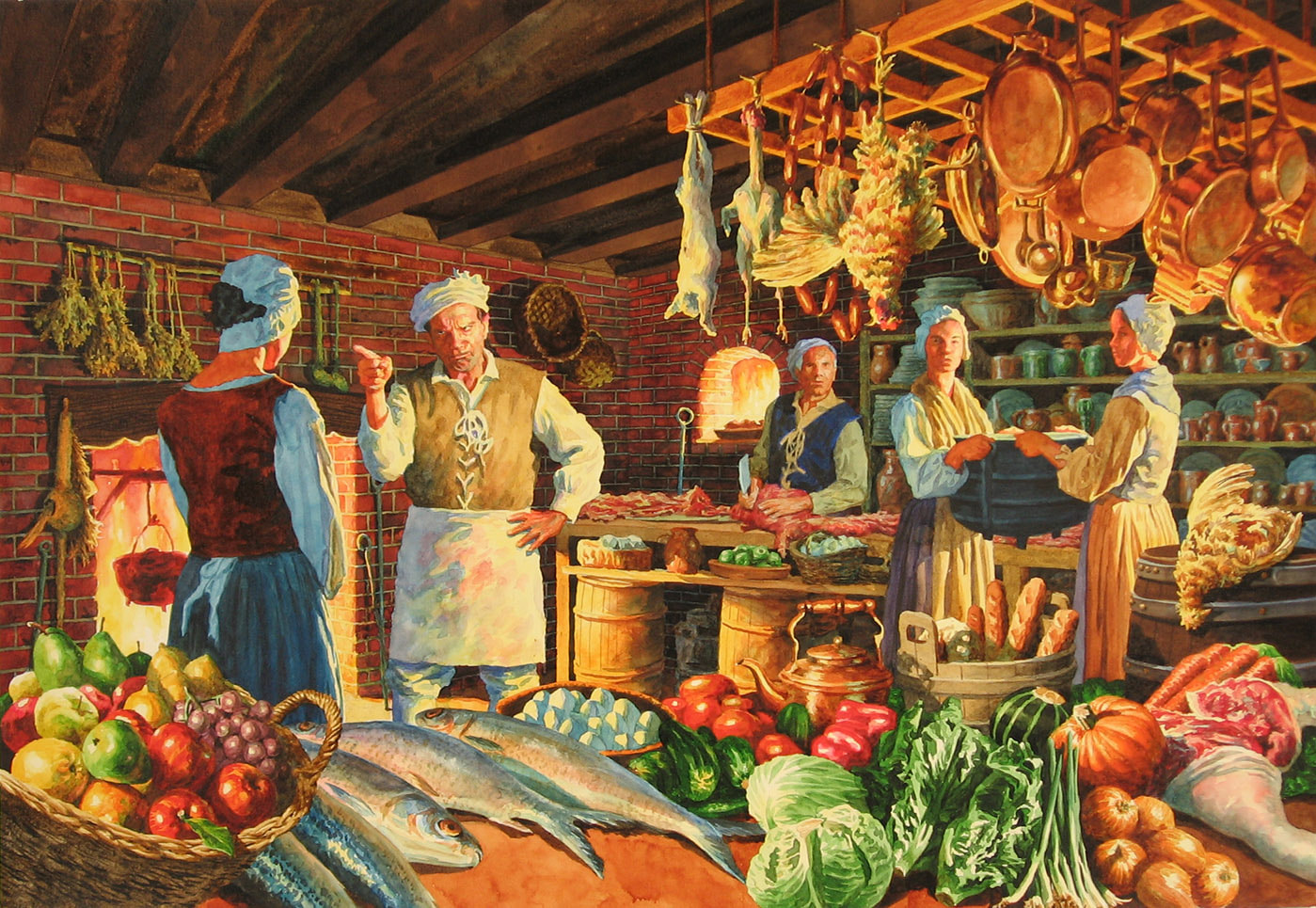
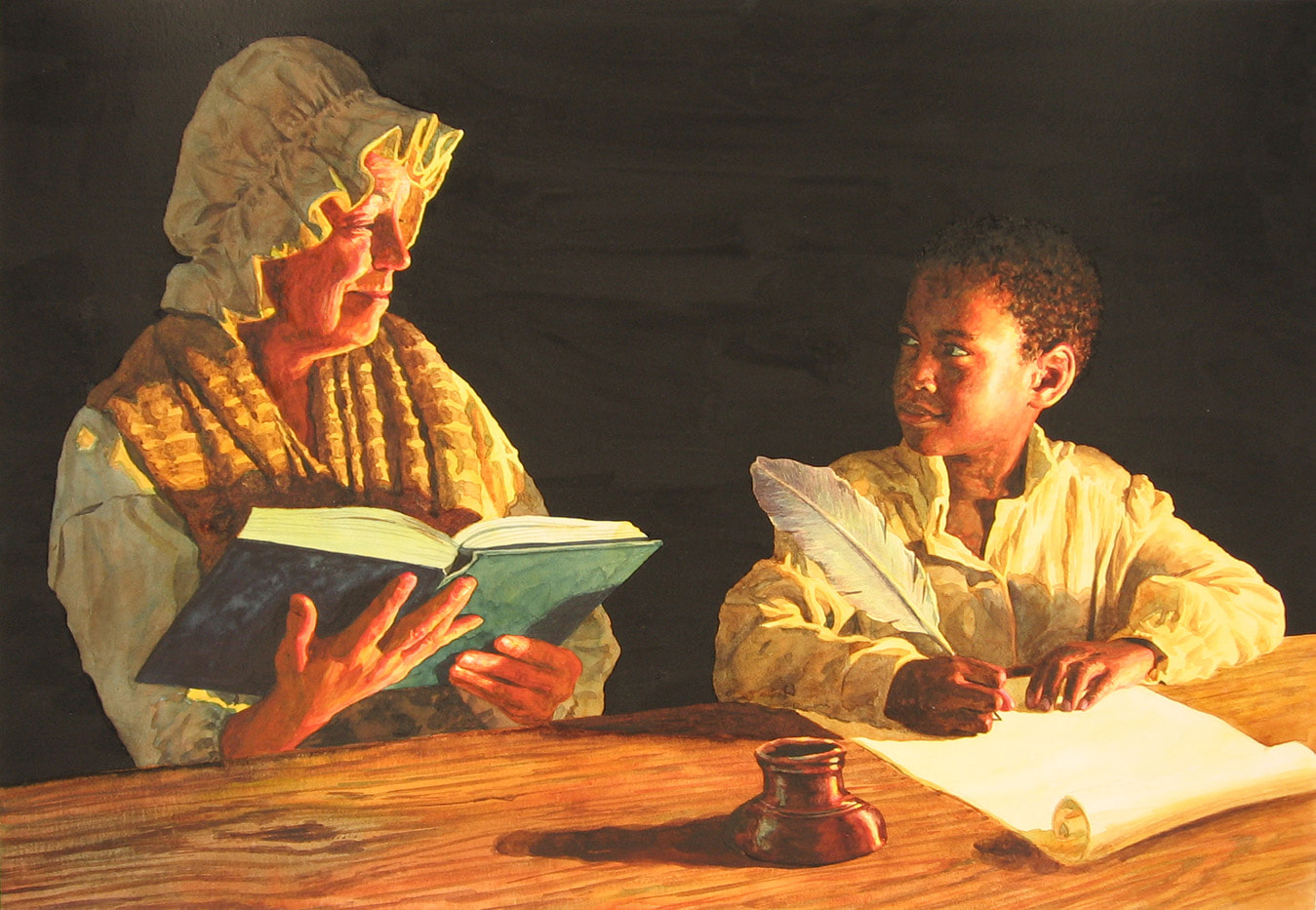
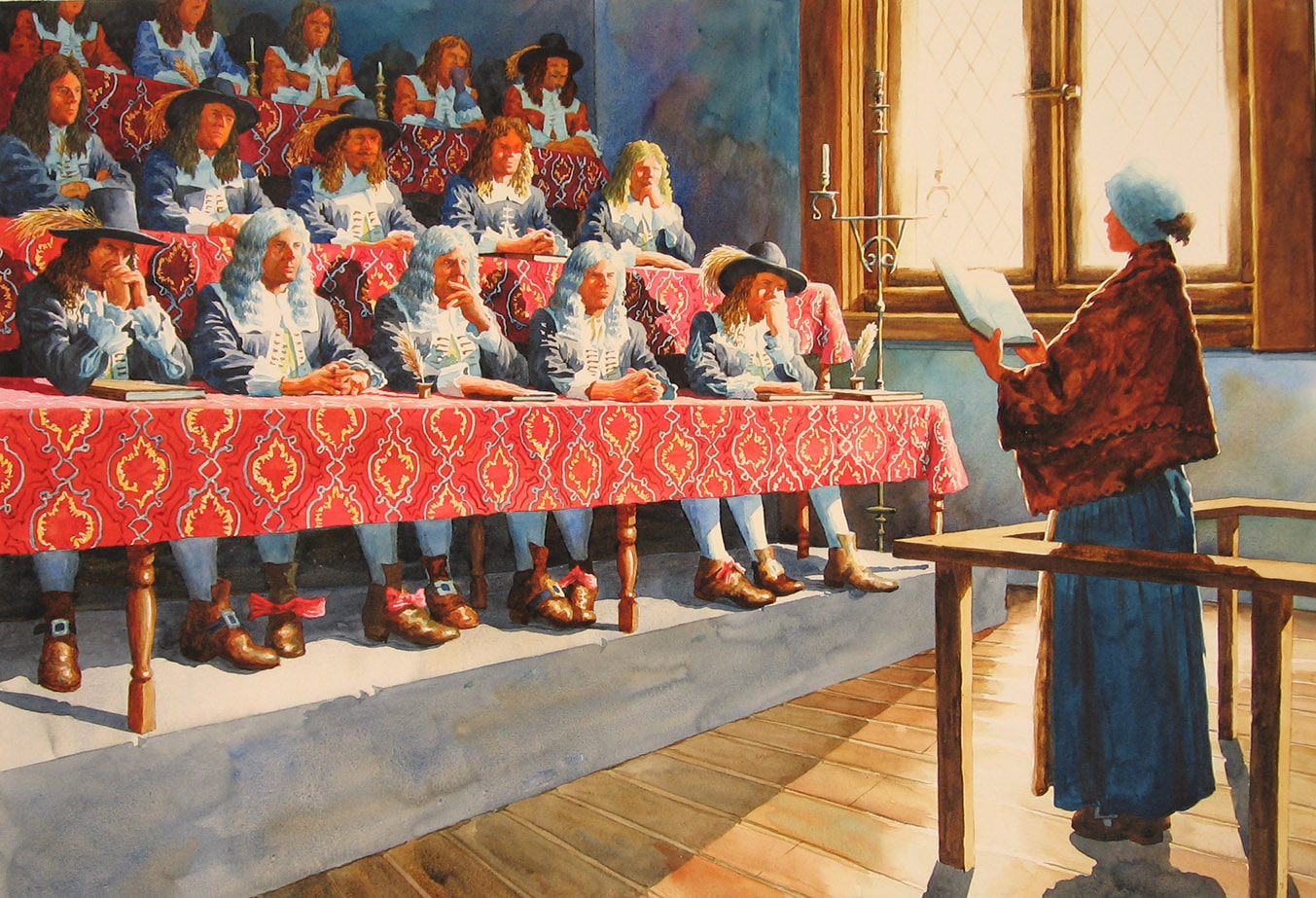
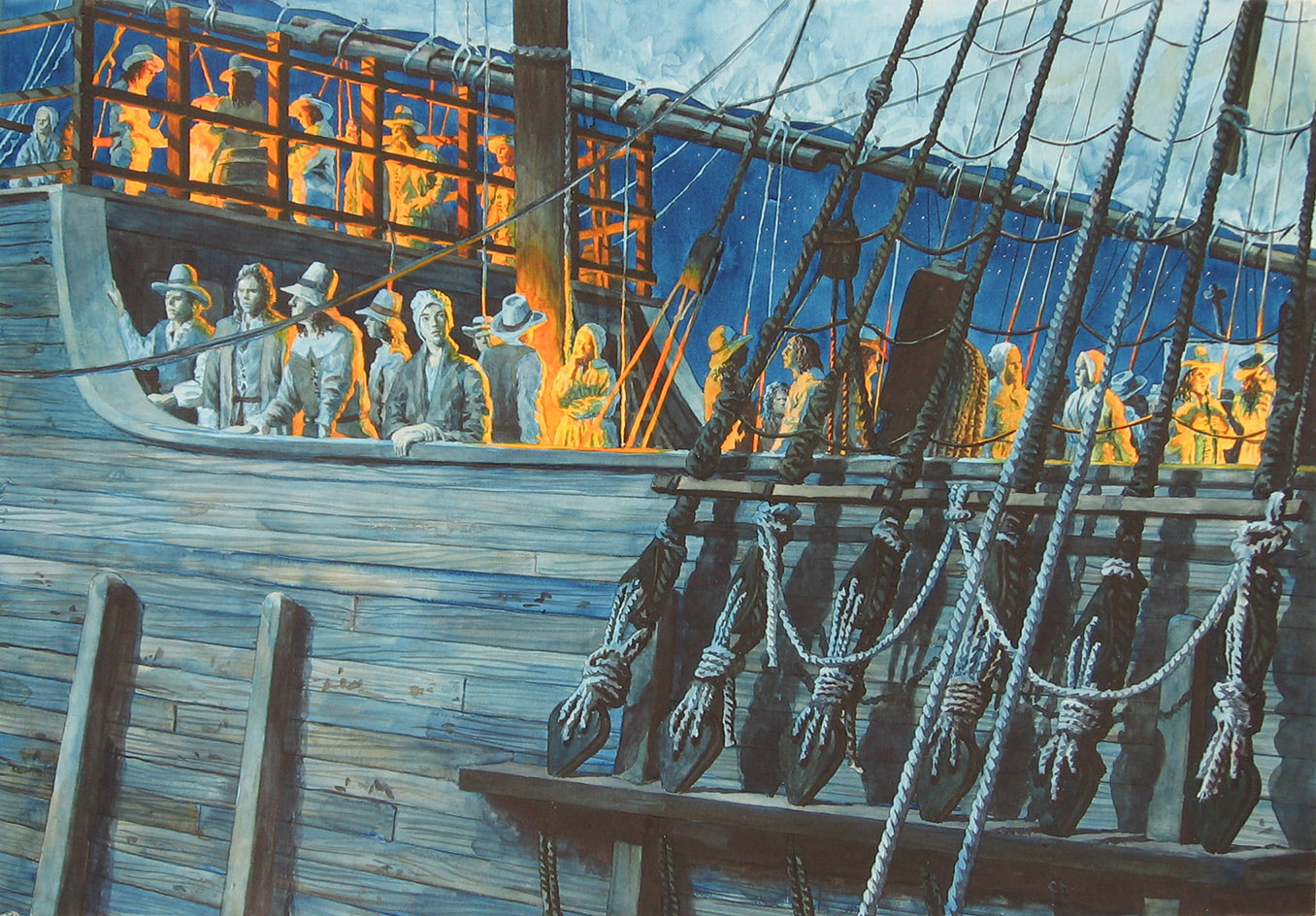


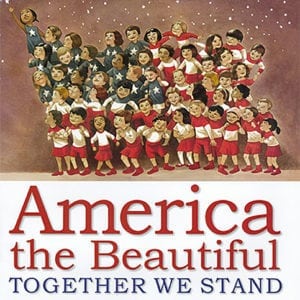
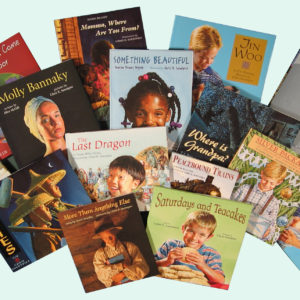

Reviews
There are no reviews yet.